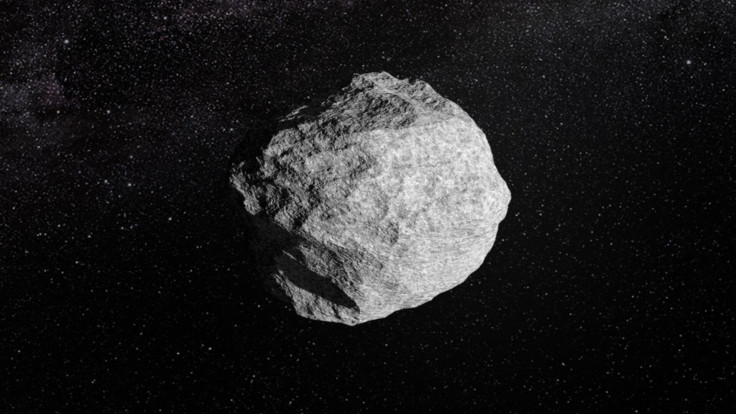Everything We Know About 2024 YR4, The Asteroid That Could Hit Earth by 2032

Astronomers are on high alert once again, as yet another recently discovered asteroid has been estimated by experts to make a direct impact on Earth by the year 2032. This finding is one of the many discoveries by experts of so-called 'Near-Earth objects', which may pose significant damage to our planet once they enter our atmosphere.
Possibility of Impact Or Just Passing By?
The asteroid, code-named 2024 YR4, was discovered by the European Space Agency's (ESA) Planetary Defence Office, which noted that while it has an almost 99% chance of safely passing Earth on 22 December 2032, a possible impact cannot yet be entirely ruled out.
'As our asteroid survey technology improves, we are likely to detect an increasing number of objects passing close to Earth that we would have missed in the past,' the space agency said in a recent media alert.
ESA recorded 2024 YR4's dimensions as between 40 meters and 100 meters wide. While the possibility of an impact is imminent, the space agency notes that it is too early to determine exactly where on Earth a potential impact could occur.
Nonetheless, ESA has already alerted two UN-endorsed international asteroid response groups, the International Asteroid Warning Network (IAWN) and the Space Mission Planning Advisory Group (SMPAG), to consider the next steps following the discovery.
What the ESA Knows About 2024 YR4 So Far
The asteroid was first observed on 27 December 2024 at the Asteroid Terrestrial-impact Last Alert System (ATLAS) telescope in Río Hurtado, Chile. ESA has captured a timelapse of the asteroid's pass-by, as seen in the video below.
Given the size of the said asteroid, 2024 YR4 was already placed at the top of ESA's asteroid risk list, above 2023VD3, which was forecasted to have a near-Earth pass-by in 2034, as well as above 1979XB, which will pass by in 2033.
'Since early January, astronomers have been carrying out priority follow-up observations using telescopes around the world and using the new data to improve our understanding of the asteroid's size and trajectory,' the space agency added.
Moreover, Asteroid 2024 YR4 has been classified as a Level 3 event on the Torino Impact Hazard Scale, indicating a close approach that merits attention from both astronomers and the public. It is worth noting that an asteroid's likelihood of impact often increases initially before rapidly declining to zero as more observational data becomes available.
The asteroid may become too faint to observe before its potential impact in 2032 can be completely ruled out. If this happens, it will likely stay on ESA's risk list until it becomes visible again in 2028.
'More Likely Will Pass By'
Given how many gigantic asteroids discovered recently have just passed by, industry experts note that Asteroid 2025 YR4 will also most likely pass by–but uncertainty isn't still ruled out as more observational data about the celestial body should the astronomy community have to create accurate predictions.
'Most likely, this one will pass by harmlessly. It just deserves a little more attention with telescopes until we confirm that. The longer we follow its orbit, the more accurate our future predictions of its trajectory become," Colin Snodgrass, a professor of planetary astronomy at the University of Edinburgh, said in an interview with The Guardian.
Meanwhile, Gareth Collins, a planetary science professor at Imperial College London, stated that enhanced monitoring of near-Earth objects will lead to more frequent detections of asteroids like 2024 YR4.
'At this stage, the best thing to do is to continue tracking the asteroid for as long as possible so that we can predict its trajectory more confidently,' he said.
Snodgrass also mentioned the possibility of deploying a mission similar to NASA's Double Asteroid Redirection Test (DART) to knock off any potential near-passing asteroids that pose high risk to Earth.
'The first step in the planetary defence response is to trigger further observations. If these observations don't rule out an impact, the following steps will be more detailed characterisation measurements using telescopes and a discussion of what space agencies could do in terms of more detailed reconnaissance and, eventually, mitigation missions. This asteroid is of the scale that a mission like Dart could be compelling if required, so he explained that we have the technology, which has been tested.
The professor referred to a particular NASA mission in 2021. The mission's probe targeted a scheduled impact at the Dimorphos asteroid in 2022 to test the possibility of knocking an asteroid out of its temporary orbit and changing its course away from Earth.
© Copyright IBTimes 2025. All rights reserved.





















